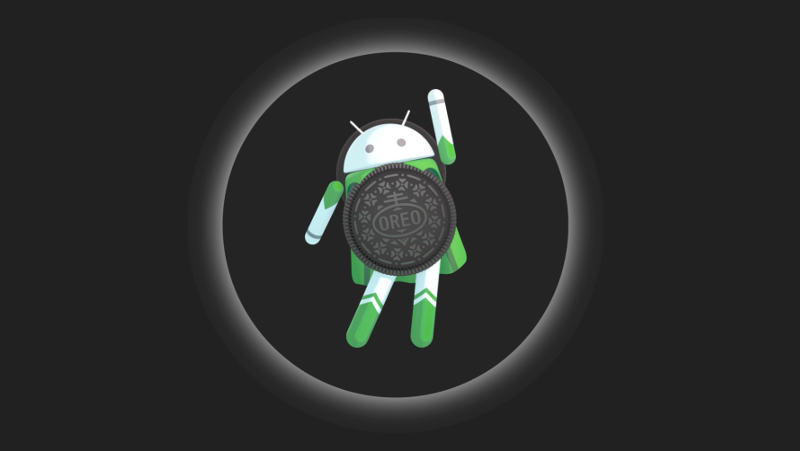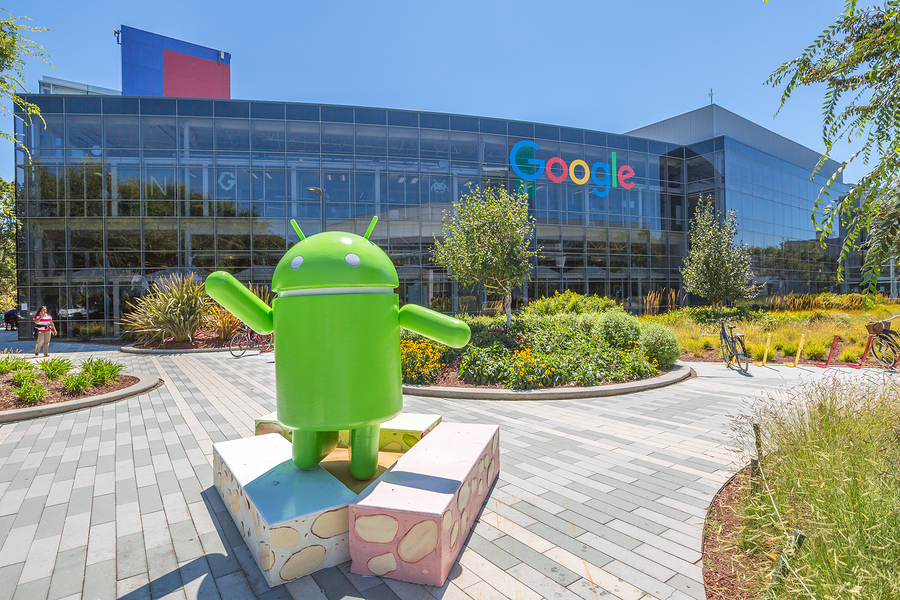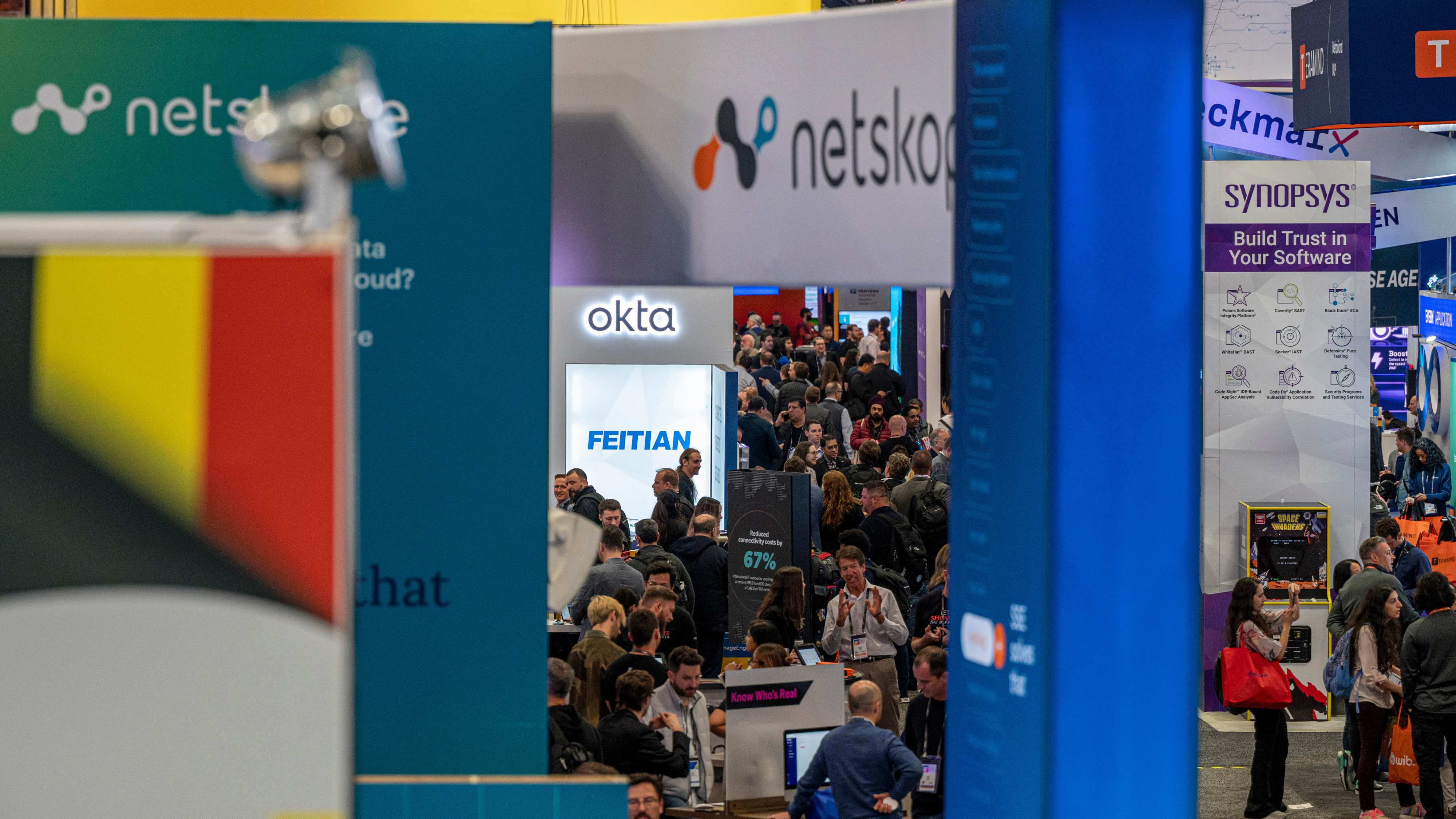Android O release date, name and features: Android Oreo now available on Honor 9 and 8 Pro
The update brings speed optimisations, plus a tailored user experience in the form of Smart Tips

Performance and battery life upgrades
Moving on to 'vitals', the updates that govern Android's internal systems, Android Oreo introduced a number of modifications to performance and battery life, including changes to the runtime that result in app performance and boot times that are up to twice as fast as previous versions.
In addition, new limits have been placed on the way apps operate in the background, making sure that they don't use too much of the device's memory or battery power when not in active use.
Security
Security has also been shored up. The Google Play Store has historically been known to host malware, scams and other bogus applications, but the new Google Play Protect service in Android Oreo is set to put a stop to that, scanning apps that you want to download for malware and other threats, as well as those already on your device. The service also incorporates Android's other security features such as remote locking and wiping of devices.
Google Play Console dashboards
It's not just the device software that's been updated; Android's developer tools have been tuned up too. The Play Console now has six new dashboards to help devs track common issues, including frozen frames, excessive crash rate, slow rendering, ANR rate, stuck wake locks and excessive wakeups. The dashboards include breakdowns of how many users are affected, as well as tips for resolving the problems.
Android Studio 3.0
Google unveiled the third version of Android Studio, the company's IDE for mobile development. Amidst a laundry list of changes and updates, the biggest news is the addition of in-depth profiling tools for real-time visualisation and troubleshooting, new Java 8 Language support and support for the Kotlin programming language, which is fully interoperable with existing Android code, and can be deployed immediately.

Font resources in XML
Fonts are now fully supported in Android Oreo. Apps are able to use fonts in XML layouts and define font families in XML too - defining the font style, weight and font files.
Adaptive icons
Developers can now create adaptive icons which the system displays in different shapes, based on a mask selected by the device. The system can also animate interactions with the icons, and uses them in the launcher, settings, sharing dialogs, and in the overview screen.
Get the ITPro daily newsletter
Sign up today and you will receive a free copy of our Future Focus 2025 report - the leading guidance on AI, cybersecurity and other IT challenges as per 700+ senior executives
Wide-gamut colour for apps
Developers of imaging apps can now take advantage of devices that have a wide-gamut colour capable display.
Connectivity
Android Oreo supports high-quality Bluetooth audio codecs such as LDAC codec. There will be new Wi-Fi features such as Wi-Fi Aware, previously known as Neighbour Awareness Networking (NAN), which allows devices to connect directly to each other via Wi-Fi Aware without any other type of connectivity between them, such as Wi-Fi Access Point or Cellular.
Keyboard navigation
Google has seen a resurgence of keyboard navigation within the apps so are building a more reliable and predictable model for "arrow" and "tab" navigation for developers and users.
AAudio API for Pro Audio
AAudio is a new native API for apps that require high-performance, low-latency audio. Developer preview has an early version of this as Google are looking for feedback.
Webview enhancements
In Android there will be a multi-process mode and an API to let apps handle errors and crashes, to enhance security and improve app stability. Apps can also opt in to verify URLs through Google Safe Browsing.

Android Oreo in the enterprise
Some businesses have avoided Android in the past, citing security and mobile device management (MDM) concerns, but it's a popular OS for companies who have previously relied on BlackBerry devices or Windows Phone.
Android is consistently targeted by cybercriminals and malware due to the fact that users can download apps from other stores other than Google Play, though you must purposefully disable some settings to download potentially unsecure apps.
No certified store is safe however, as companies regularly have to review the apps submitted to make sure they are still secure. Google has taken steps to try and improve its security profile, though, with Google Play Protect.
MDM is a greater concern, particularly if a business has more than one type of Android device running at a time, as updates to handsets arrive at different times, which makes it more complicated to put policies in place across the board.
For businesses that have a bring-your-own-device (BYOD) policy, there's an increased likelihood (verging on certainty) that Android Oreo-powered devices will be connecting to their corporate network or accessing their cloud services.

Clare is the founder of Blue Cactus Digital, a digital marketing company that helps ethical and sustainability-focused businesses grow their customer base.
Prior to becoming a marketer, Clare was a journalist, working at a range of mobile device-focused outlets including Know Your Mobile before moving into freelance life.
As a freelance writer, she drew on her expertise in mobility to write features and guides for ITPro, as well as regularly writing news stories on a wide range of topics.
-
 What to look out for at RSAC Conference 2025
What to look out for at RSAC Conference 2025Analysis Convincing attendees that AI can revolutionize security will be the first point of order at next week’s RSA Conference – but traditional threats will be a constant undercurrent
By Rory Bathgate
-
 Ransomware attacks are rising — but quiet payouts could mean there's more than actually reported
Ransomware attacks are rising — but quiet payouts could mean there's more than actually reportedNews Ransomware attacks continue to climb, but they may be even higher than official figures show as companies choose to quietly pay to make such incidents go away.
By Nicole Kobie
-
 Tiny11 review: Windows 11 with only 2GB of RAM
Tiny11 review: Windows 11 with only 2GB of RAMReview A version of Windows 11 for older machines that don't meet the full requirements
By Nik Rawlinson
-
 Red Hat Enterprise Linux becomes foundational operating system for Cohesity Data Cloud
Red Hat Enterprise Linux becomes foundational operating system for Cohesity Data CloudNews New strategic partnership between Red Hat and Cohesity aims to drive innovation in the data security and management space
By Daniel Todd
-
 Ubuntu shifts to four-week update cycle
Ubuntu shifts to four-week update cycleNews Critical fixes will also come every two weeks, mitigating the issues involved with releasing prompt patches on the old three-week cadence
By Richard Speed
-
 AlmaLinux follows Oracle in ditching RHEL compatibility
AlmaLinux follows Oracle in ditching RHEL compatibilityNews Application binary compatibility is now the aim with 1:1 now dropped
By Richard Speed
-
 How big is the Windows 10 cliff-edge?
How big is the Windows 10 cliff-edge?ITPro Network With some comparing the upcoming Windows 10 end of life to Windows XP, we ask members of the ITPro Network for their insight
By Jane McCallion
-
 Everything you need to know about the latest Windows 11 updates - from bug fixes to brand-new features
Everything you need to know about the latest Windows 11 updates - from bug fixes to brand-new featuresNews Two new cumulative updates are on the way and will be installed automatically on Windows 10 and Windows 11 machines
By Rory Bathgate
-
 How to download a Windows 11 ISO file and perform a clean install
How to download a Windows 11 ISO file and perform a clean installTutorial Use a Windows 11 ISO to install the operating system afresh
By John Loeppky
-
 We could all benefit from better Windows and macOS accessibility features
We could all benefit from better Windows and macOS accessibility featuresOpinion Today’s accessibility features can help you work through a nasty injury, but there’s still plenty of room for improvement
By Barry Collins
